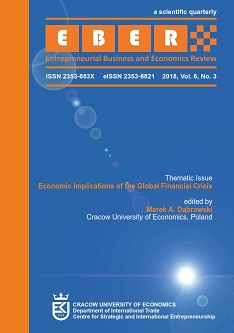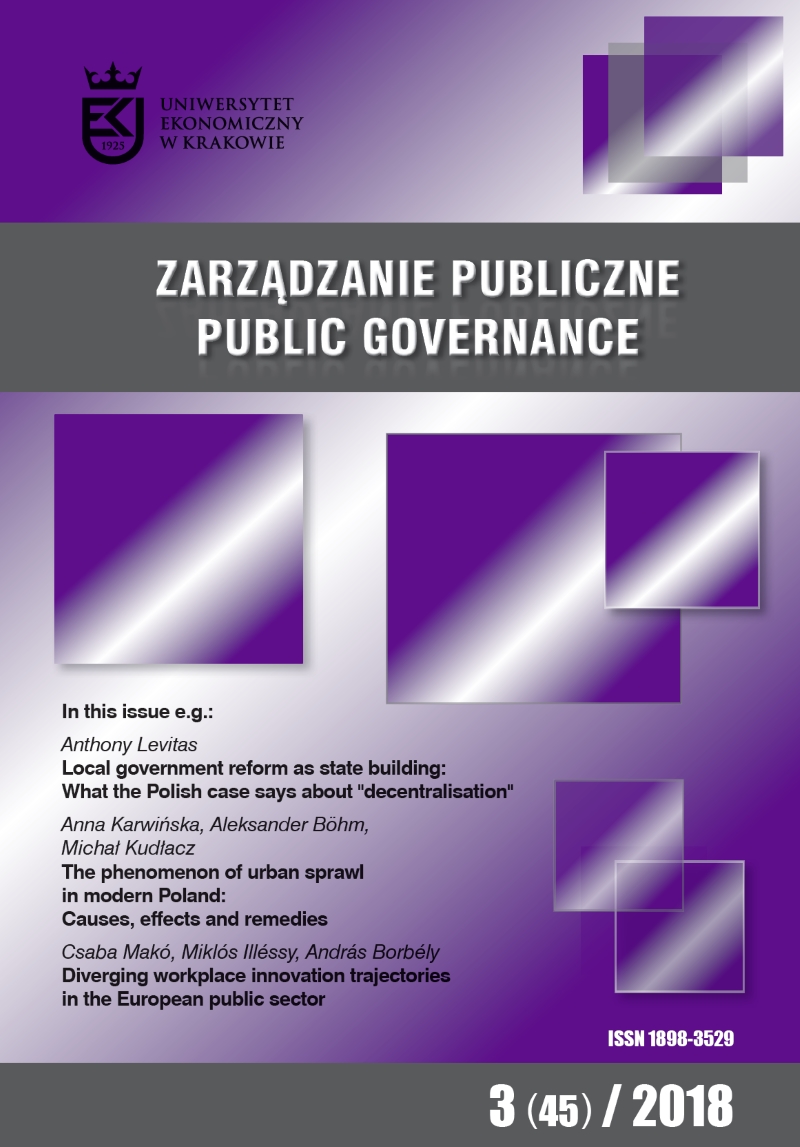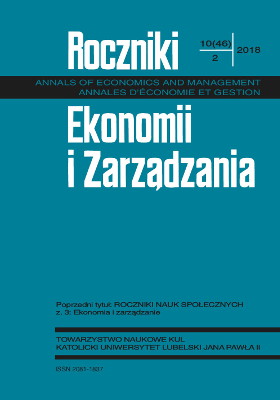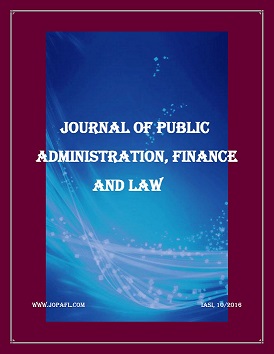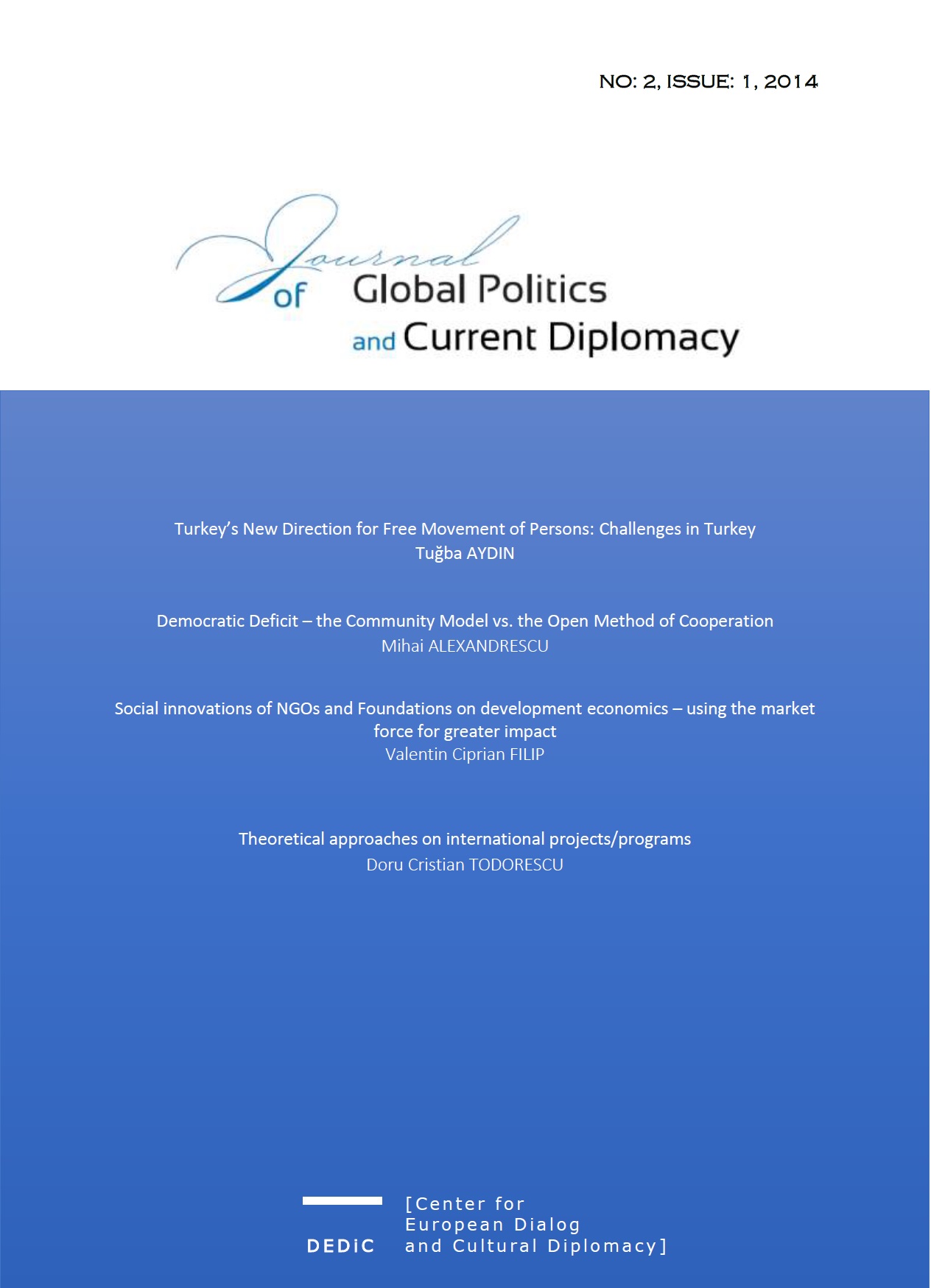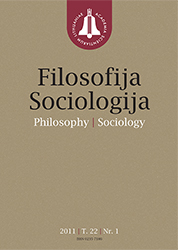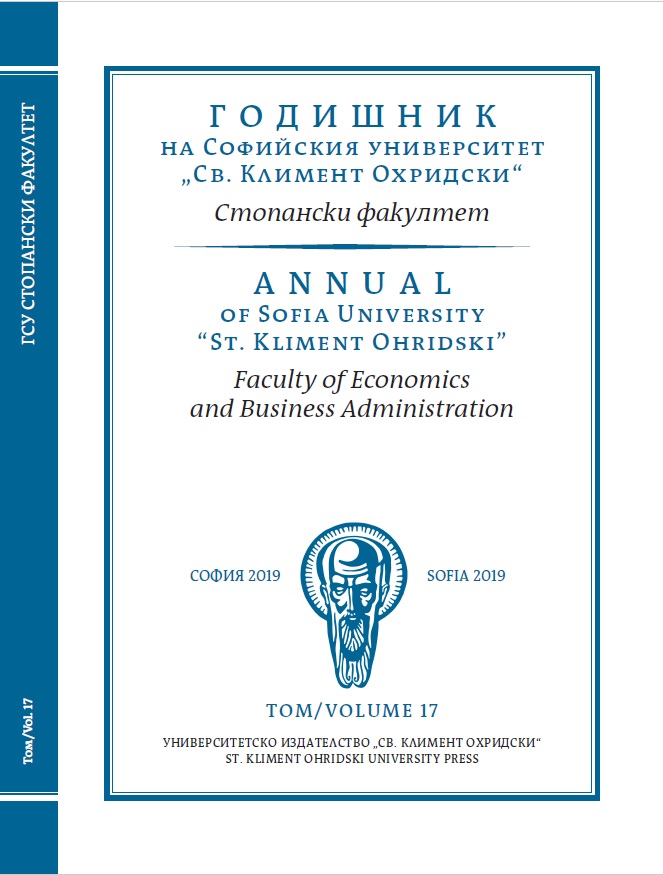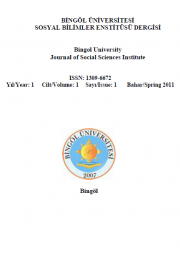
Indicators for assessing the financial condition and municipality management
The aim of the article is to create a set of indicators for assessing financial stability and municipality management. Local governments in the Czech Republic are fully financially responsible for their budget and management. Financial stability of municipalities is a crucial condition for long-term sustainable development as disproportionate debt can generate risks for providing public services and their standard functioning. The Ministry of Finance defined a set of financial indicators (SIMU system) which could be used for financial stability evaluation, but only two of them are obligatory (a share of liabilities to total assets in percentage, and the current ratio). Indisputable advantage is its standard form of financial evaluation for all municipalities and relatively simple method of calculation based on delivered data. Main disadvantage can be seen in the fact that the municipality receives feedback only for two indicators, which have a recommended value. The municipality does not get a clear idea of the state of its cash position and this approach is not taking into account short-term and long-term indebtedness as well as the size of the municipality. That is why a new methodology based on three groups of indicators (budgetary management, indebtedness and liquidity) was developed and tested. The article presents results about local governments in the Moravian-Silesian region. The methodology increases transparency in the municipality management and supports citizen´s engagement into public matters through standardized approach to each municipality based on seventeen ratios.
More...
